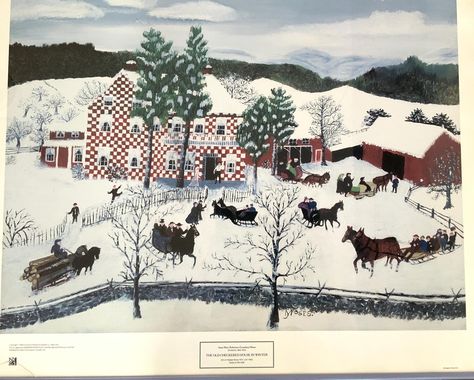I'm going to have my students learn about art from other cultures and I've always loved the Aboriginal Dot Paintings from Australia and New Zealand.
Aboriginal Dot paintings didn't exist until 1970 when Geoffrey Bardon became an art teacher with the people in Papunya, Australia. He encouraged the Aboriginal People to record their drawings with paint on canvas instead of in the soil.
Since the Aboriginal People didn't have a written language they used drawings to tell their stories and history. During ceremonies Aboriginal people would clear and smooth over the soil to then apply sacred designs which belonged to that particular ceremony. These designs were outlined with dancing circles and often surrounded with dots.
In the early years of Papunya (dot) paintings still showed clear depictions of artifacts, sand paintings and decorated ritual objects. But this style disappeared within a few years.
Uninitiated people never got to see these sacred designs since the soil would be smoothed over again and painted bodies would be washed. This was not possible with paintings. Consequently Aboriginal artists abstracted the sacred designs to disguise the meanings associated with them. Thus lines were painted with dots.
The works feature a symbolic language of U shapes, concentric circles, journey lines and bird and animal tracks. Artists used a limited number of motifs to express many meanings. A concentric circle, for example, may indicate a camp, a waterhole or corroboree place (A corroboree is an event where Australian Aborigines interact with the Dreamtime through dance, music and costume. "Their bodies painted in different ways, and they wore various adornments, which were not used every day."). It may also represent all or part of a person, the stem of a tree, the centre of a food plant ancestor or a natural feature such as a hill.
I am going to encourage my students to use some of the same designs in their paintings that the Aboriginal People used and an animal native to Australia such as: Kangaroo, lizard, turtle, koala bear, snake, platypus, etc...
The early paintings used mostly earth tones native to the desert landscape, but as time has gone on brighter colors are being used.
Materials needed:
Black or brown paper
bamboo skewers
Acrylic paint
Pencils
Begin by drawing your main animal shape on the paper.
Outline this with the skinny side of the skewer dipped in white paint. You'll probably have to dip about every 2 dots. The skinny side will allow you to get more detail in your design, then you can fill in with larger dots.
In my design I included concentric circles and a "Journey Line" as well as decorative designs.
Next add some shapes such as arches, spirals, circles, wavy lines etc....
Now you just add more and more dots around and inside your animal.
Continue filling in with more dots and add more shapes until it feels balanced and finished.
Use both the fat and skinny side of the skewer to get contrast.
There is a meditative quality to creating these - where the students are just responding to their design with pattern and color. It's a lot of fun and students can easily achieve wonderful results.
Student Artwork:















Wonderful lesson including examples and interesting explanations! Thank you!
ReplyDeleteA nice reference for me, thank you, they're all so lovely!
ReplyDeleteA nice reference for me, thank you, they're all so lovely!
ReplyDelete